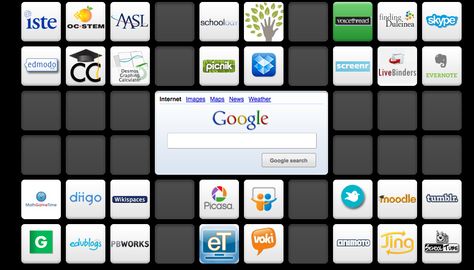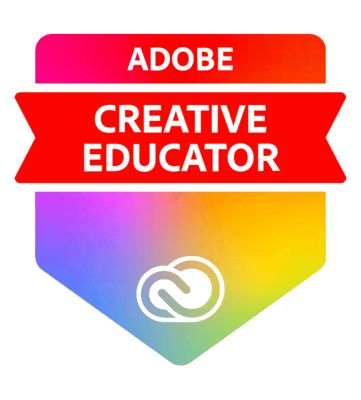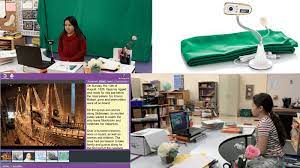Introduction:
In today’s digital age, it is crucial for kids to be educated on how to interact and communicate safely and responsibly online. While social media platforms may pose several risks in terms of exposure to inappropriate content or cyberbullying, there is an app that caters to the needs of kids’ digital presence while promoting digital citizenship. In this article, we will take a look at this must-have app that parents and kids alike are raving about!
Connecting Kids Safely:
The app in question is called KidConnect, a platform designed to give children aged 6-13 a safe space to engage with friends and family online. It offers many features that provide a sense of security for parents while giving kids the opportunity to build meaningful connections with their peers.
KidConnect’s Privacy Features:
Safety is at the forefront of KidConnect’s design, ensuring that children can explore their virtual world without fear of exposure to harmful content or experiences. Parental controls allow caregivers to monitor their child’s contacts and activities. Only those approved by the account holder can communicate with the child.
Bridging the Gap:
One of KidConnect’s primary objectives is to empower children with knowledge and tools regarding digital citizenship. Through built-in resources and easy-to-follow guidelines, users are taught how to behave ethically, responsibly, and safely online. The app covers essential topics such as privacy, respect for others’ opinions, anti-bullying action plans, and responsible sharing practices.
Promoting Creativity & Collaboration:
KidConnect offers an environment where kids can create content together or alone through digital art galleries, stories, poetry slams, and science projects. These avenues provide an opportunity for collaboration with peers in an academic context while they develop their creative side.
Encouraging Positive Communications:
The app supports healthy communication between friends and family members by highlighting positive language use and teaching children how to consider the impact of their words on others. KidConnect’s goal is to develop social intelligence by cultivating empathy, emotional awareness, and fostering good digital etiquette.
Conclusion:
KidConnect has managed to marry safety and encouragement in a space where children can build meaningful connections with their peers and learn valuable lessons about online behavior. By promoting digital citizenship, creativity, and positive communication, this innovative app aims to create an environment that both parents and kids can appreciate and navigate with ease.











